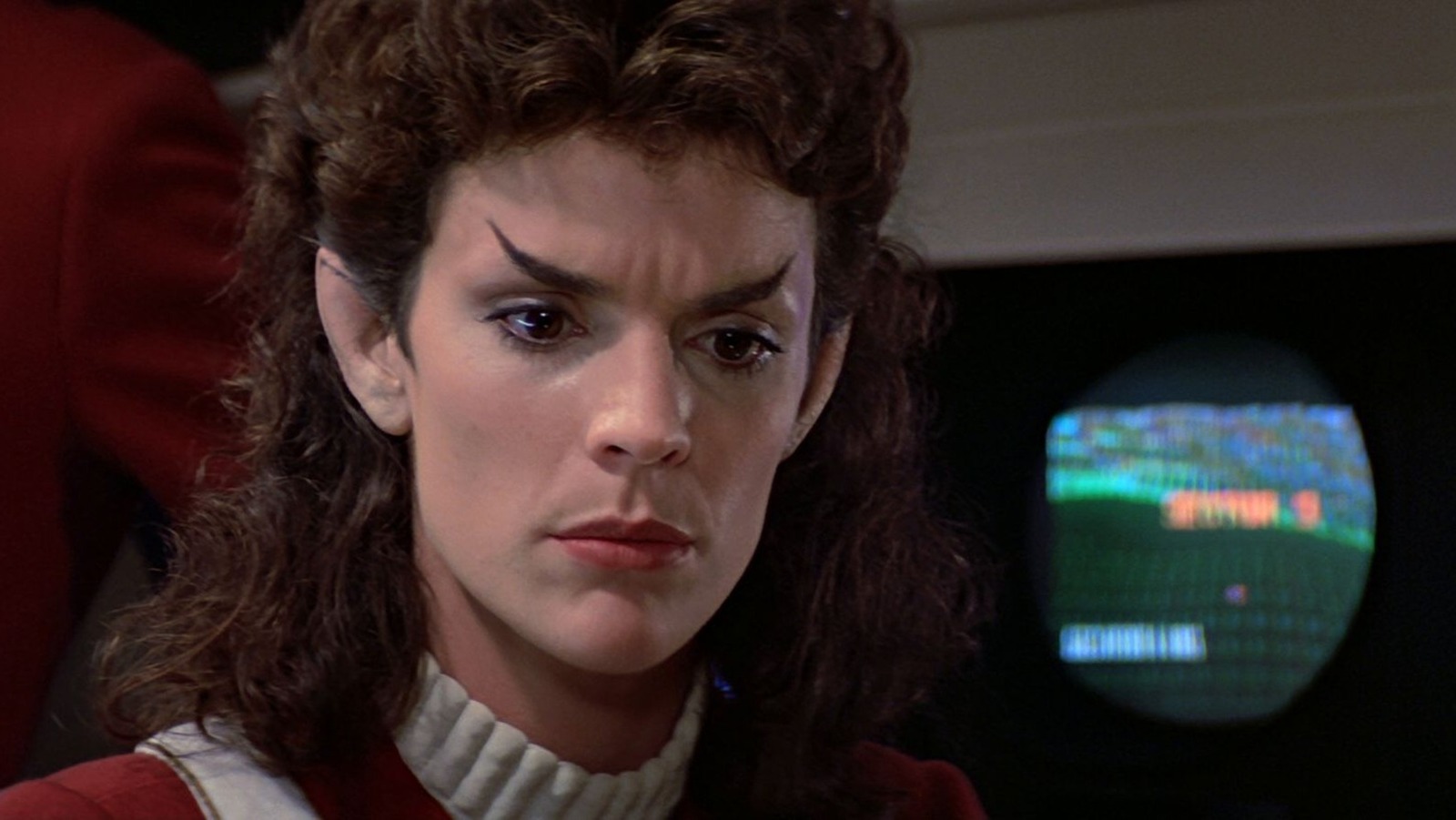
In the realm of science fiction, “Star Trek” continues to spark debate among fans, particularly regarding character portrayals. A focal point has been the character Saavik, who appeared in Leonard Nimoy’s 1984 film “Star Trek III: The Search for Spock.” Played by Robin Curtis, this Vulcan officer is assigned the daunting task of exploring the newly formed Genesis planet—a world created by the Genesis Device. This planet undergoes rapid changes, morphing from a steamy atmosphere to a snowy landscape in mere hours, ultimately revealing its unstable nature.
The film, laden with tragedy, features Admiral Kirk’s (William Shatner) heart-wrenching decision to destroy the U.S.S. Enterprise and the murder of his son, David (Merritt Butrick), at the hands of Klingons. In contrast to her predecessor Kirstie Alley, who portrayed a more emotional Saavik in “Star Trek II: The Wrath of Khan,” Curtis’s portrayal in “Star Trek III” centers on a stoic, almost detached Vulcan perspective. This shift in character presentation has not gone unnoticed, with many fans expressing their dissatisfaction.
Curtis has addressed the concerns regarding Saavik’s evolution. She credits director Leonard Nimoy for her interpretation, revealing that she was not deeply familiar with Vulcan culture when she took on the role. Instead of imposing her own interpretation, Curtis opted to trust Nimoy’s vision, acknowledging his expertise, stating, “I put myself in the hands of the King Vulcan. Who was I to define a Vulcan woman?”
While she honored the legacy of the character, Curtis felt the collaborative nature of character creation allowed her to make Saavik her own. Trekkies, known for their meticulous nature concerning continuity, often pose questions about the character’s transformation from Alley to Curtis. Curtis has gently reminded fans that her role was to act, rather than redefine character lore.
Reflecting on the partnership between actors and directors, Curtis explains, “It’s a collaboration between the artist and the director. Nicholas Meyer and Kirstie brought emotion and flirtation to Saavik, which Nimoy steered away from in my portrayal.” Nimoy sought to ensure that Saavik retained the Vulcan ethos, leading to a character that, in Curtis’s view, was more nuanced.
Personally, this writer aligns with Nimoy’s artistic direction. Vulcans like Spock thrive when they maintain emotional restraint. By presenting Saavik in a colder, more stoic light, Nimoy arguably enhanced her character depth. Curtis embraced this direction, delivering a performance that resonated with the essence of what it means to be Vulcan.
Ultimately, the conversation surrounding Saavik’s portrayal reflects broader themes in the “Star Trek” franchise, where emotional depth and logical reasoning coexist, creating a captivating narrative landscape. Curtis’s thoughtful approach to her role reinforces the importance of direction and collaboration in bringing iconic characters to life.



